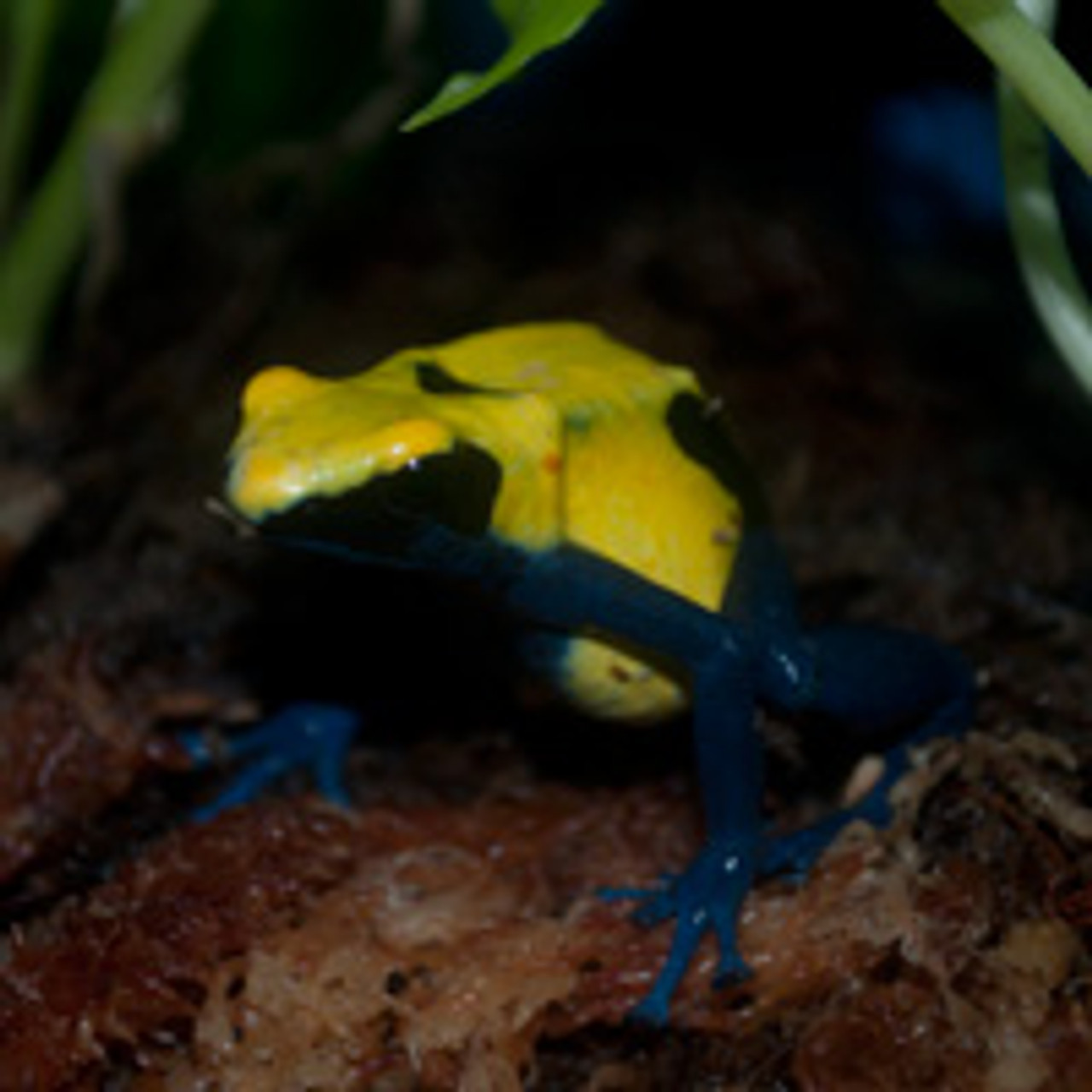

auratus), the Kokoe poison frog ( Phyllobates aurotaenia), and the famed golden poison frog ( P. By 2015, it gained permits for several others such as the green and black poison frog ( D. “I learned that over time.”ĭue to lengthy bureaucratic procedures, it wasn’t until November 2011 that Tesoros was granted a permit to legally export one native species, the yellow-striped poison frog ( Dendrobates truncatus). “To save a species you have to apply practical solutions to the threats,” says founder Iván Lozano, a self-funded frog enthusiast who studied at the UK’s Durrell Wildlife Conservation Trust and later worked at the Bogotá Wildlife Rescue Centre. Initially founded in 2005, Tesoros de Colombia is the country’s first and only commercial breeding operation, offering legitimate, captive-bred specimens at lower prices than those snatched by traffickers from Colombia’s jungles.

Nearly 200 amphibian species in Colombia, the vast majority of which are frogs, are classified as endangered or critically endangered in 2020, according researchers at the Humboldt Institute in Germany.īut one pioneering project is attempting to help Colombia’s endangered wild frogs with an unusual approach – legal breeding.
#Dart frogs for sale skin#
Each can produce enough poison to kill 10 people, but their lurid, technicolour skin that is supposed to warn off predators also makes them highly prized.


 0 kommentar(er)
0 kommentar(er)
